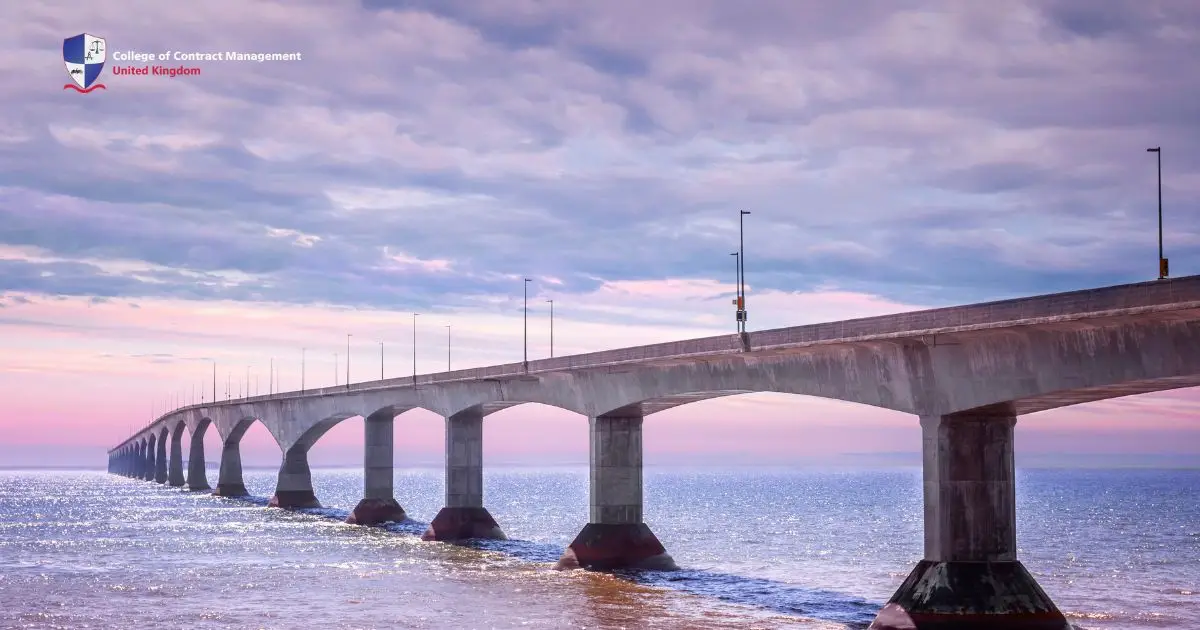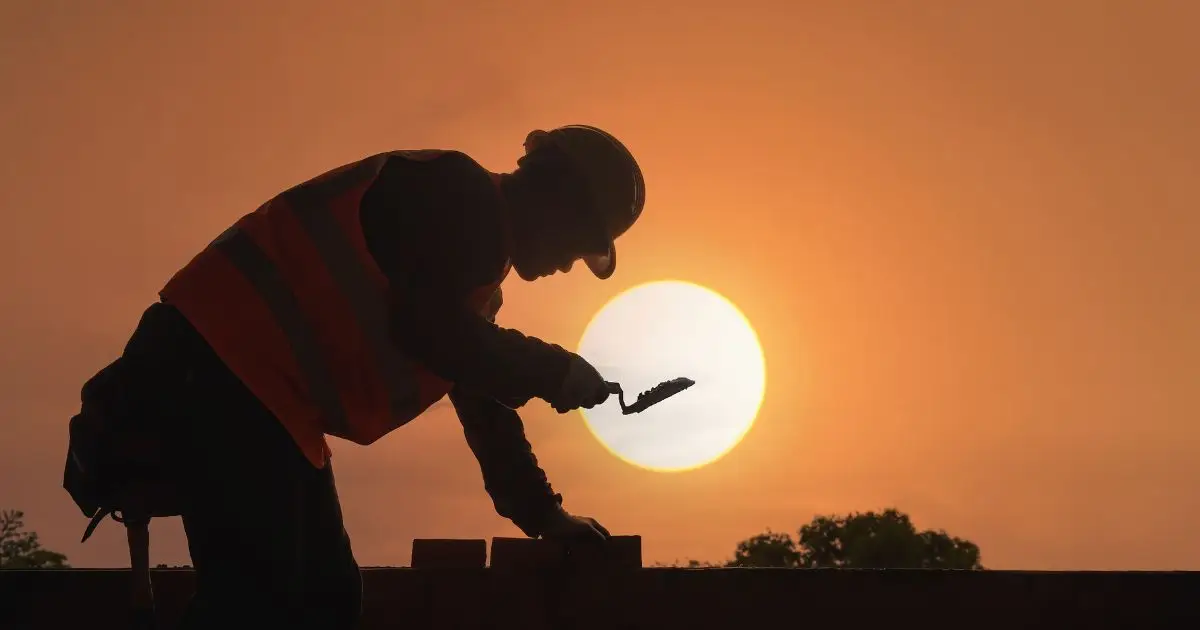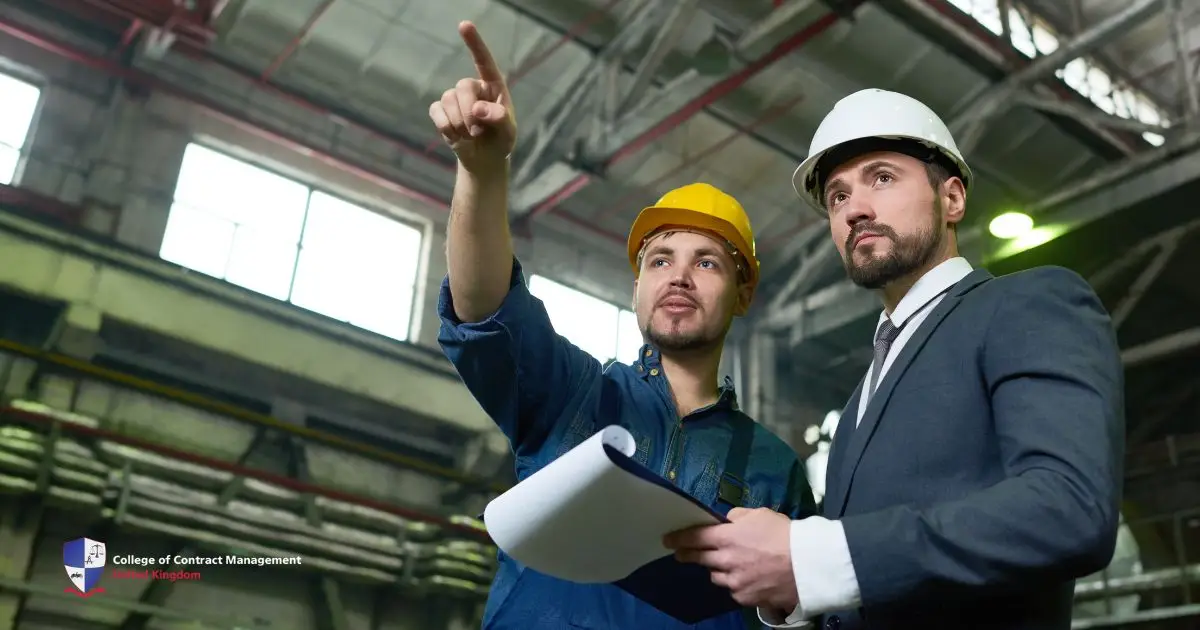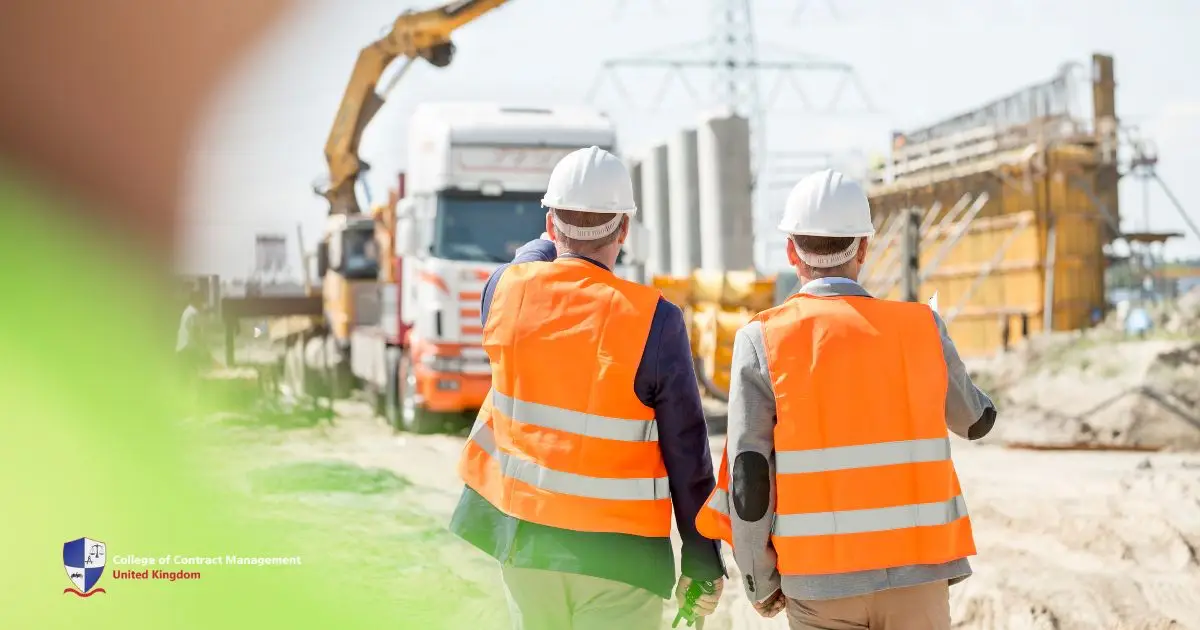All types of bridges connect two separate areas. They are important structures that offer solutions for daily needs. For instance, they help people travel easily. Bridges come in different forms. Each of them serves different purposes and holds different challenges. From time to time, bridges change to meet today's needs.
This guide will walk you through every type of bridge. It will highlight the unique features and the use of each bridge. Aside from that, it will explain the engineering principles behind it. By learning this, you’ll not only gain information about the types but also get the stories behind them. Let's explore them further!
What are the types of bridges?
Types of bridges come in various designs. Each of them suits different needs and environments. For instance, there are classifications of bridges based on the structure, material, and how the load transfers across the span. In addition to those types, there are also specialised bridges to accommodate water traffic or handle terrain in specific areas.
Although there are different kinds of bridges, we need to understand the definition of a bridge itself. A bridge is a structure that carries a pathway or roadway over an obstacle. It is built over a river, road, or railway. A bridge allows people and vehicles to cross from one side to the other. In some cases, it connects an island to the mainland.
Factors influencing types of bridges
Engineers must consider several factors before designing and selecting among the types of bridges. Things like location and materials are important to ensure the bridge meets the need. In addition, these factors help determine the best design and structure for the bridge. Below are some of the most important factors influencing the choice of a bridge.
- Location and environment: The location’s condition affects the types of bridge. Choosing the right place that fits the bridge requirement is important to ensure its durability. Climate also plays a vital role in deciding the materials for the bridge. Building a bridge can affect the environment, so consider how it will impact the surroundings.
- Budget and materials: The budget for the bridge project affects the choice of designs and materials. On this occasion, engineers chose materials that were cost-effective and good for the environment.
- Span and load requirements: Span is the distance between two ends. It measures how far the bridge should be extended between the supports. This is important to help choose the materials for the bridge. At the same time, think about how the bridge carries the weight while handling obstacles like wind.
- Maintenance and durability: Some bridges need regular maintenance to last a long time. Hence, engineers must know how to work with damaged parts of the bridge. In other cases, engineers create more flexible bridges, which allow them to make changes when needed.
Types of bridges in engineering
In previous sections, we’ve learnt that bridges are important structures in civil engineering. Engineers build them to help people cross obstacles like rivers, valleys, or roads. At the same time, it provides safe and easy movement for cars, pedestrians, and even trains. Over time, engineers have created many types of bridges that help people commute easily.
Each type of bridge has its unique features, like its design. These bridges use various materials to ensure they are strong for a long time. In this section, we’ll look at the different types of bridges in engineering.
Beam Bridges
A beam bridge is one of the basic types of bridges. To illustrate, think about a plank of wood placed over a stream. In other words, it supports each end with abutments or piers. Because of this, engineers typically use this bridge for temporary purposes. For instance, spanning roads, rivers, or railways. This bridge is popular because it is cheap. However, the longer the distance between the ends, the weaker the bridge becomes. For this reason, people do not use this bridge for long distances without additional support.
Arch Bridges
Arch bridges are types of bridges that have been in use for thousands of years. In contrast with beam bridges, engineers make arch bridges using concrete or steel. The most notable difference between these bridges and the other is their curved shape. However, the purpose of its shape is to distribute the bridge's load evenly. With this in mind, the bridge supports more weight than the beam bridge.
Suspension Bridges
Suspension bridges stand out for their incredible height and long spans. These types of bridges use cables anchored at both ends to suspend the road beneath them. As for their use, suspension bridges cross large bodies of water. The bridges span long distances without the need for multiple supports underneath. As a result, they’re ideal for long rivers and shipping lanes.
Cable-stayed Bridges
At first glance, cable-stayed bridges may look similar to suspension bridges. However, these types of bridges work differently. The cables in the bridge are connected directly from the tower to the bridge deck. Compared to the other bridges, this type of bridge is more efficient and less expensive than a suspension bridge. For this reason, they’re commonly used in modern construction because they balance strength, cost, and beauty.
Truss Bridges
Truss bridges are famous for their crisscrossed structure. These types of bridges have lattice structures that help distribute the load across the bridge. The trusses often come from wood or steel. Besides, engineers usually place them above or below the bridge deck. These bridges can support heavy loads, so they’re popular in industrial settings. Because of this, people can find these bridges on railroads and highways.
Cantilever Bridges
Cantilever bridges stand as an engineering marvel among types of bridges. The design of the bridge balances each side against the other. What’s more about the design is that it enables long spans without central support. Engineers usually build these bridges in places where it's difficult to place supports in the middle. With this intention, these bridges are commonly used over large bodies of water or broad valleys.
Innovations in types of bridges
Bridges are incredible examples of engineering and creativity. They represent human innovation to connect two separate areas. Over time, engineers have developed new materials, techniques, and concepts to make safer and more durable bridges. With this in mind, innovation in types of bridges plays a key role in advancing civil engineering.
One of the innovations of building bridges is that there are new materials that are more durable and eco-friendly. For instance, high-performance concrete prevents bridges from temperature change or chemical exposure. In addition to that, carbon fibre-reinforced polymers are popular to improve a bridge’s performance. Another amazing innovation in the materials is the presence of self-healing concrete as an environmentally friendly choice.
Besides materials, the advancement of technology affects the types of bridges. Engineers equip modern bridges with sensors. The sensors track traffic load, temperature, humidity, and other factors in real time. Another interesting thing is that the Bridge Health Monitoring Systems (BHMS) track the structure’s health and detect signs of defects. To sum up, those innovations help engineers in creating better structures to connect everyone.
Conclusion
To summarise, bridges help connect different areas to make travel easier. Many types of bridges have unique designs and serve different purposes. As technology improves, there are innovations in creating and maintaining bridge structures. By learning their types and designs, we know the story behind these amazing structures that help connect the world.
If you want to expand your knowledge in engineering or construction, the College of Contract Management is the right place. The College offers courses that cover various areas, including construction. What makes the College more interesting is that it supports you in exciting job opportunities. Don’t miss out on the chance to invest in your future. Enrol today and take the first step to a rewarding career!





